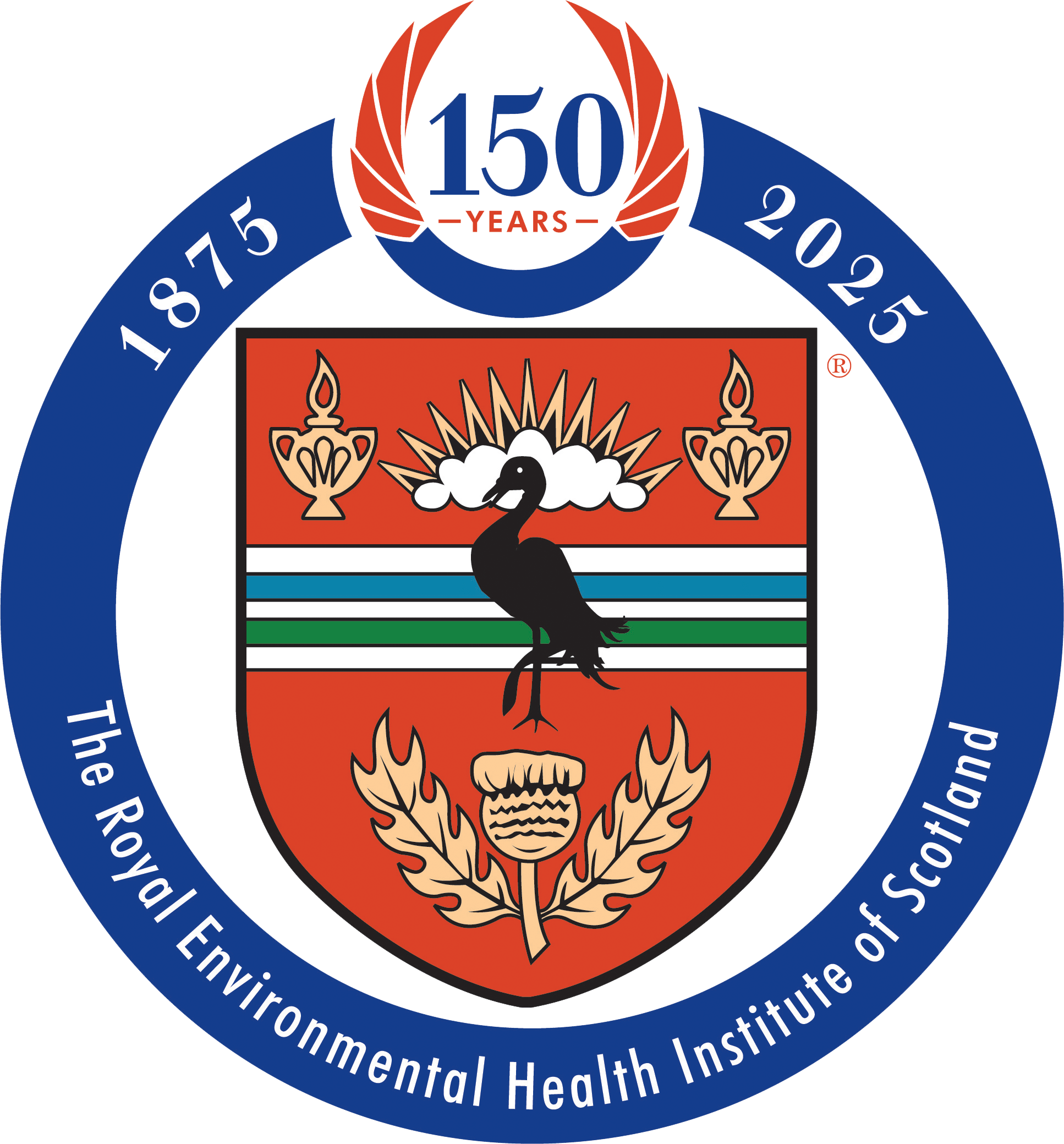Cuts to environmental health departments are putting the public at “high risk of harm”, according to the Unison Tipping Point Study.
The study used Freedom of Information requests to local authorities and a Scotland-wide survey of UNISON members working in environmental health departments to examine the impact of austerity in areas such as food safety and standards, waste management and pollution control.
It found the teams have to manage an ever-increasing workload with significantly reduced resources, leaving many working long hours as they struggle to maintain a service that keeps the public safe.
More than two-thirds (67%) of those who responded said there had been cuts or severe cuts in their service this year, while 95% said there had been cuts or severe cuts in the last five years.
Fewer than one in five (18%) believe their teams have the resources to deliver an adequate service to the public while two-thirds say they are working late and skipping breaks and lunch to try to get more work done.
There are five per cent fewer environmental health officers and around a fifth (21%) less people in other roles in the teams than in 2012/13 and budgets have been cut by 14% compared to 2012/13 and by 12% since 2016/7.
In addition, 90% say their workload is higher than five years ago while 76% described morale in their team as low or very low.
The report said cuts to environmental health team budgets are leaving staff overworked, underpaid and stressed.
It warned this means “citizens and the wider environment are at a high risk of harm” and calls for an end to austerity and for investment in public services.
Mark Ferguson, chairman of Unison Scotland’s local government committee, said: “This report shows our environmental health services have reached tipping point, leaving us all at risk of harm.
“Our members are under enormous pressure, with many working long hours trying to maintain a quality service.
“This survey shows a dedicated workforce who are struggling under the sheer volume of work, with nine in 10 saying their workload is higher than five years ago.
“Teams are now reacting to complaints rather than focusing on working to prevent things going wrong.
“Our members can see departments depleted, with the loss of experienced staff, fewer proactive inspections and services being drastically cut.
“Not only does this put people in danger it also pushes costs onto other public bodies – which costs more money than investing in a high quality environmental health service.”
The report also highlighted a looming skills gap as almost half of respondents to the survey, carried out in June 2018, are aged between 46 and 55 – with another fifth due to retire over the next ten years. It warned with fewer staff being taken on to develop this will mean a huge loss of knowledge, which it said is vital in such a complex protective service.
The report said teams are now reacting to complaints rather than focusing on working to prevent things going wrong, with some areas of work completely cut back on, increasing the risk of accidents, food poisoning, contaminated land and vermin infestation.
Tom Bell, chief executive of REHIS was asked to make comment by “The Herald” regarding the findings, he said the Institute had warned about the effect of cuts on services, but now the effect had reached a “critical point” and was concerned that it had led to a slump in the number taking BSC (Hons) in environmental health.
Tom Bell also suggested that consideration should be given to establishing a central fund that would allow local authorities to address the lack of training placements for student/graduate trainee Environmental Health Officers (EHO). This in turn would give confidence to school leavers considering studying environmental health at the University of the West of Scotland that the chances of a career as an EHO are high.
Tom continued: “We are now at the stage where there are a very small number of individuals coming through to fill an increasing number of vacancies. So it has been very very poor management by local authorities, in that they haven’t foreseen this situation, and if they have, they have decided that the work of the environmental health officers has not been sufficiently important to justify really investing in the future and ensuring training places are available.”
Tom also stressed that the Institute has been warning Convention of Scottish Local Authorities (CoSLA), local authorities and the Scottish Government and its agencies of our concerns for many years and not only in recent months.
A CoSLA spokesman said: “As our #essentialservices campaign makes abundantly clear, we need a fair settlement from December’s Budget to continue to provide the essential services our communities rely on
“As we see from things like this, it is clear that the impact of past local government settlements are having a biting impact.”
A Scottish Government spokesman said: “Despite continued UK Government real-terms cuts to Scotland’s resource budget, we have treated local government very fairly.
“In 2018-19, councils will receive funding through the local government finance settlement of £10.7 billion. This will provide a real terms boost in both revenue and capital funding for public services.
“Local authorities are responsible for managing their own budgets and priorities, including environmental health.
“The Finance Secretary will present the Scottish Government’s future funding for local government in the Scottish Budget later this year.”
Unison Tipping Point Study can be found here: http://www.unison-scotland.org/library/2018-Environmental-Health-final.pdf


